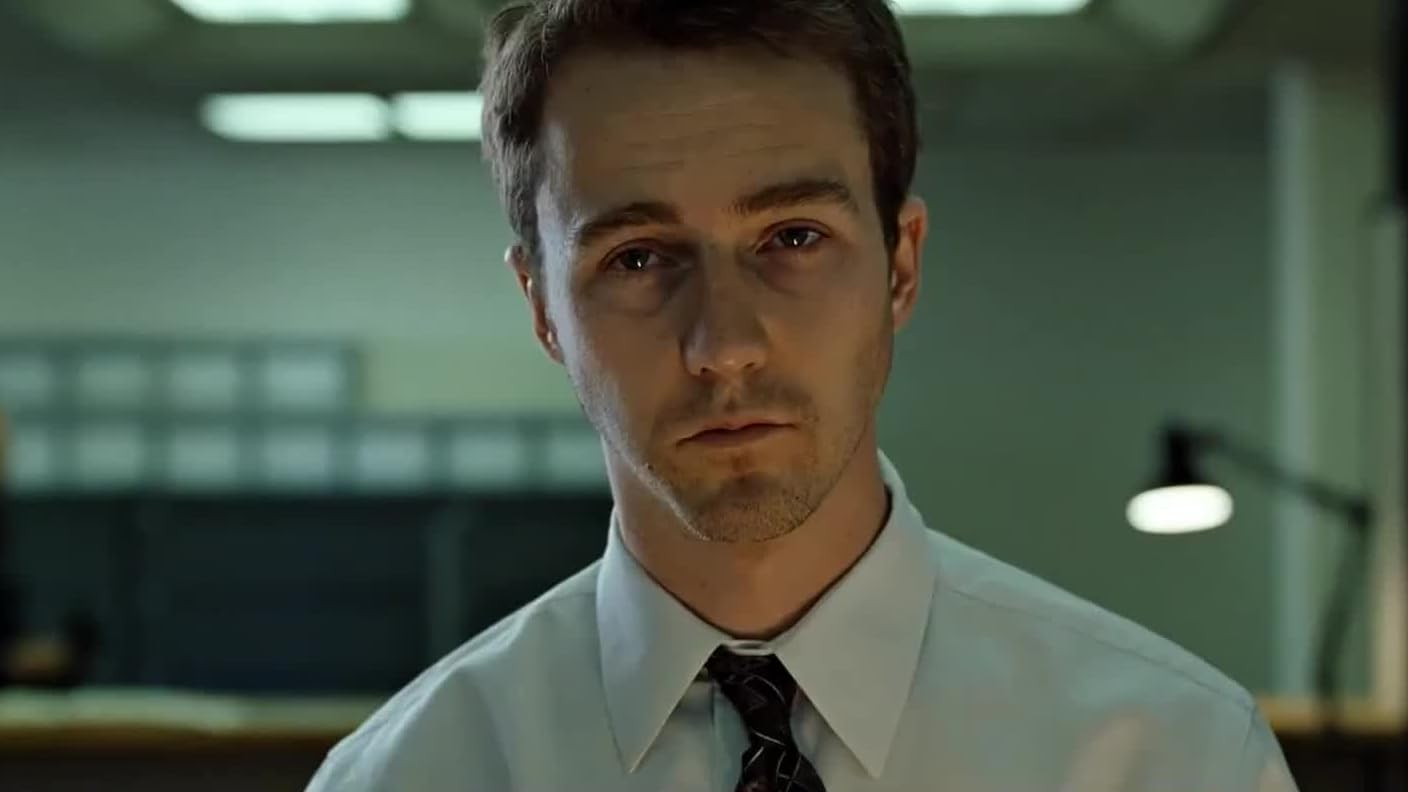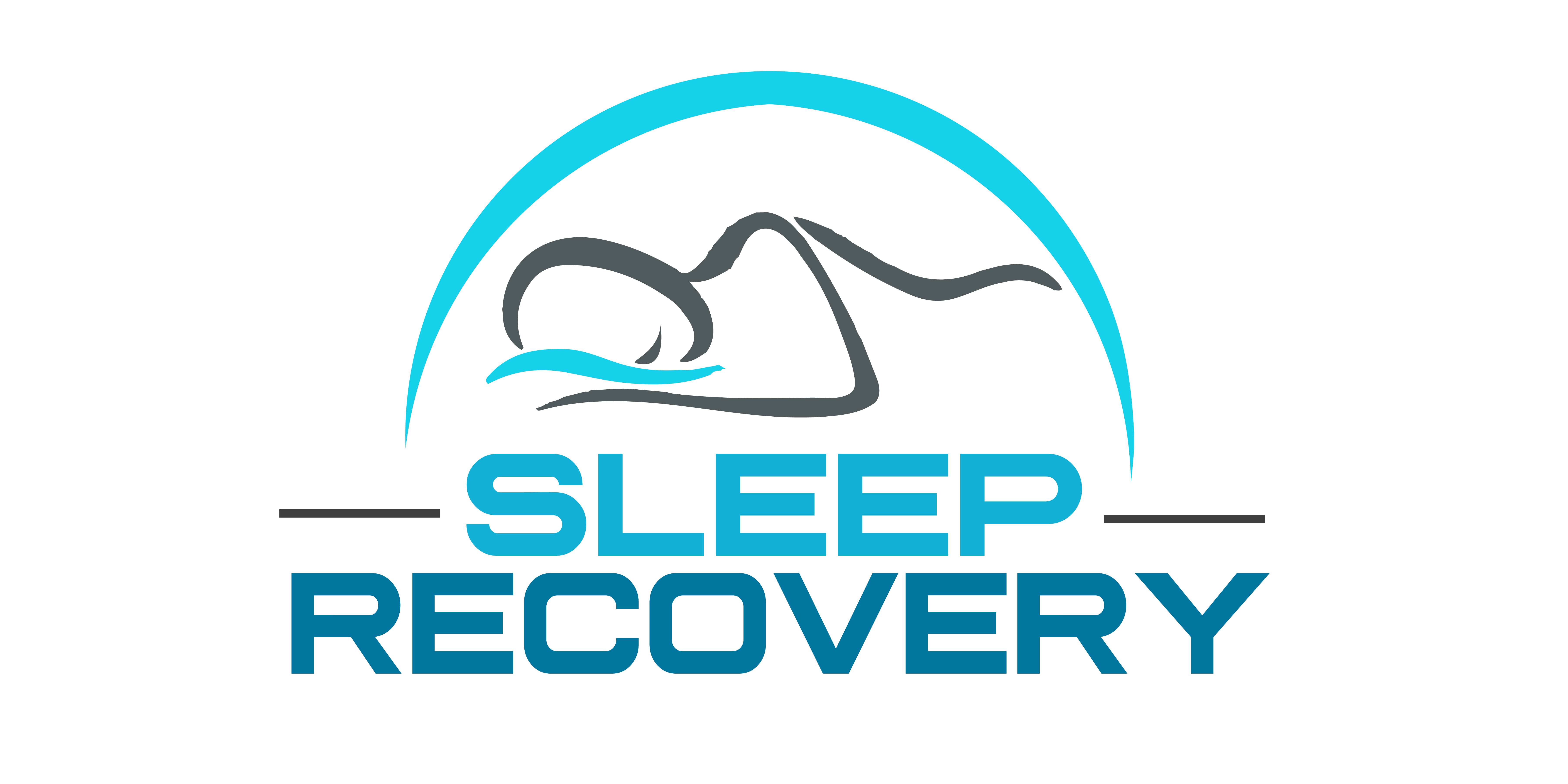When the Anxiety Mind Goes Blank: Understanding and Treating Severe Anxiety States

Anxiety is a Strange Animal
When it reaches its full extension, the mind behaves in ways that seem like a cross between a Franz Kafka novel and a David Lynch film. In this fear vortex, there exists a particularly challenging phenomenon that’s rarely discussed: the point where overwhelming anxiety leads to a complete mental shutdown. This isn’t just about feeling nervous or worried – it’s a profound disconnection that can include temporary psychotic features and, in some cases, catatonic states.
When Anxiety Crosses the Threshold
Sarah, a 34-year-old software developer, describes her experience: “It wasn’t like regular anxiety. One day, under intense work pressure, my mind didn’t just race – it stopped. Completely. I found myself standing in my office, unable to move or speak. My colleagues said I stood there for nearly 15 minutes before someone called for help.”
This phenomenon, often described as anxiety-induced dissociation, represents the brain’s ultimate protective response to overwhelming stress. Like a circuit breaker flipping to prevent electrical damage, the mind can temporarily shut down to protect itself from psychological overwhelm.
The Progression to Catatonia
The relationship between severe anxiety and catatonic states reveals a fascinating yet concerning aspect of brain function. Amber N. Edinoff, MD, explains: “What we’re seeing isn’t just anxiety anymore – it’s the brain’s emergency shutdown protocol.”
Stories of Crisis and Recovery
Michael, 45, Former Executive: “My breakdown happened during a board meeting. Years of chronic anxiety finally culminated in what my doctors later called an anxiety-induced catatonic episode. One minute, I presented quarterly results, and the next, nothing. Complete mental blank. I learned later that I’d stopped mid-sentence and remained frozen.”
Jennifer, 28, Teacher: “The pressure of teaching during the pandemic pushed me over the edge. I began experiencing episodes where I’d find myself unable to move or speak. The scariest part was being fully aware but unable to respond to anyone around me. It was like being locked inside my own body.”
David, 52, Healthcare Worker: “During COVID, the stress became unbearable. I started experiencing what I now know were dissociative episodes. The worst was when I completely froze while treating a patient. Thankfully, my colleagues recognized what was happening and stepped in.”
The Sleep Recovery Program: Early Intervention for Prevention
The Sleep Recovery Program offers a pioneering approach to preventing these severe manifestations of anxiety. The program helps stabilize brain function and avoid progression to severe states by addressing neural patterns before they reach critical levels.
Key Components:
- Early Detection
- Advanced EEG monitoring identifies concerning patterns
- Biomarker HRV tracking for stress response
- Brainwave Entrainment Protocols
- Targeted neurofeedback to stabilize EEG dis-regulation
- Sleep architecture re-normalization protocol
- Anxiety Awareness Program
- Gaining a detached observance perspective to anxiety triggering
- TM-style meditation coaching to allow for CNS down-regulation
Success rates show that early intervention through the program can reduce the risk of severe anxiety progression by 73%. Participants who begin treatment while experiencing mild to moderate symptoms show significantly better outcomes than those who wait until experiencing severe manifestations.
- How can you tell the difference between severe anxiety and a psychotic episode? Severe anxiety can include psychotic features, but they’re typically brief and related to the anxiety state. Actual psychotic episodes tend to have different characteristics and duration. However, a healthcare professional should evaluate any sudden change in mental state.
- Is catatonia from anxiety permanent? No, anxiety-induced catatonia is typically reversible with proper treatment. Early intervention significantly improves outcomes and reduces the risk of recurrence.
- Can someone be aware during a catatonic state? Yes, many individuals report being fully aware during catatonic episodes, which can make the experience particularly distressing. This awareness can aid in treatment as patients often recall and process the experience later.
- How quickly can the Sleep Recovery Program show results? Most participants begin seeing improvements within 3-5 days, with significant stabilization typically occurring within 30 days of consistent treatment.
If you’re experiencing severe anxiety or thoughts of self-harm, immediate help is available:
Emergency Resources
- National Crisis Hotline: 988
- Crisis Text Line: Text HOME to 741741
- National Alliance on Mental Illness (NAMI) Helpline: 1-800-950-6264
Treatment Support
- Anxiety and Depression Association of America: www.adaa.org
- Find a Mental Health Professional: www.psychologytoday.com/therapists
- Mental Health America: www.mhanational.org
Remember: Severe anxiety states are treatable, and early intervention significantly improves outcomes. You’re not alone, and help is available 24/7.

